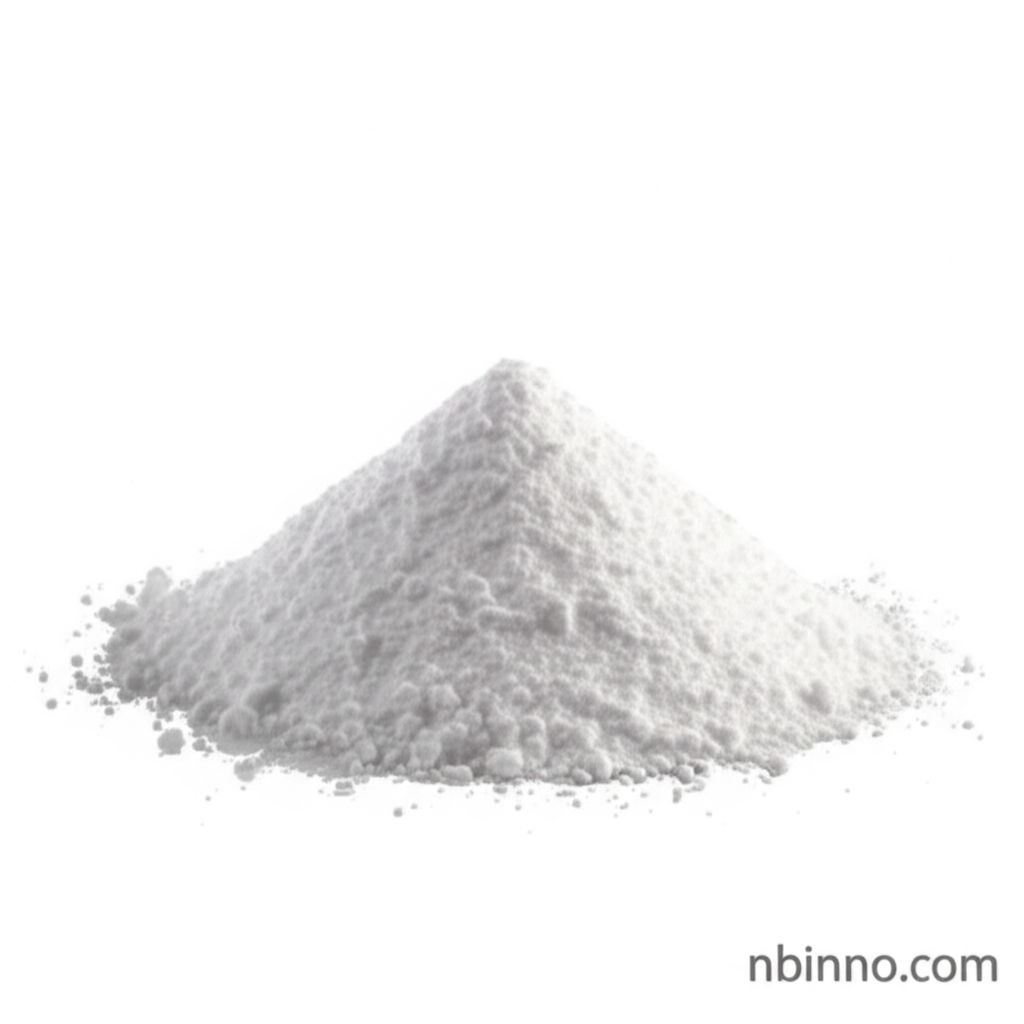Trilostane: A Comprehensive Guide to its Veterinary Applications and Benefits
Understanding the critical role of Trilostane in managing canine Cushing's disease and other veterinary conditions.
Get a Quote & SampleProduct Core Value

Trilostane
Trilostane is a vital pharmaceutical compound, primarily recognized for its efficacy in veterinary medicine. As a competitive inhibitor of 3-beta-hydroxysteroid dehydrogenase, it plays a crucial role in managing conditions characterized by hormone overproduction, most notably Cushing's disease in dogs and cats. Beyond its primary application, Trilostane is also utilized to treat Alopecia X in dogs. Its mechanism involves the suppression of adrenal glands' overproduction of cortisol, thereby alleviating symptoms associated with hyperadrenocorticism. The development of veterinary-specific formulations ensures precise dosing and enhanced safety for animal patients, making it a cornerstone in specialized veterinary care.
- Trilostane veterinary uses highlight its significant impact on improving the quality of life for animals suffering from hormonal imbalances.
- Understanding the Trilostane side effects is crucial for pet owners, emphasizing the need for close veterinary supervision during treatment.
- The specific Trilostane mechanism of action, inhibiting key enzymes in steroid synthesis, distinguishes it from other therapeutic agents.
- Adherence to Trilostane dosage and administration guidelines is paramount to ensure therapeutic success and minimize risks.
Key Advantages
Targeted Hormone Regulation
Trilostane effectively regulates cortisol levels, directly addressing the root cause of conditions like Cushing's disease, thereby managing symptoms such as excessive thirst and hair loss.
Versatile Veterinary Application
Its use extends beyond Cushing's disease to treat Alopecia X in dogs, showcasing its versatility in addressing various endocrine-related dermatological and systemic issues in animals.
Improved Animal Quality of Life
By normalizing hormone levels, Trilostane significantly improves the overall vitality and well-being of affected pets, making it a preferred treatment option for many practitioners.
Key Applications
Cushing's Disease Management
Trilostane is a primary treatment for Cushing's disease in dogs and cats, addressing both pituitary-dependent and adrenal-dependent forms of the condition by controlling hormone overproduction.
Alopecia X Treatment
In veterinary dermatology, Trilostane is recognized for its role in treating Alopecia X, a condition causing pattern baldness in dogs, by influencing hormonal pathways related to hair growth.
Pharmaceutical Intermediate
As a high-purity API, Trilostane serves as a crucial intermediate in the compounding of specialized veterinary medications, ensuring consistent quality and efficacy.
Endocrine Disorder Research
The precise mechanism of Trilostane makes it a valuable compound for ongoing research into animal endocrine disorders and the development of novel therapeutic strategies.
